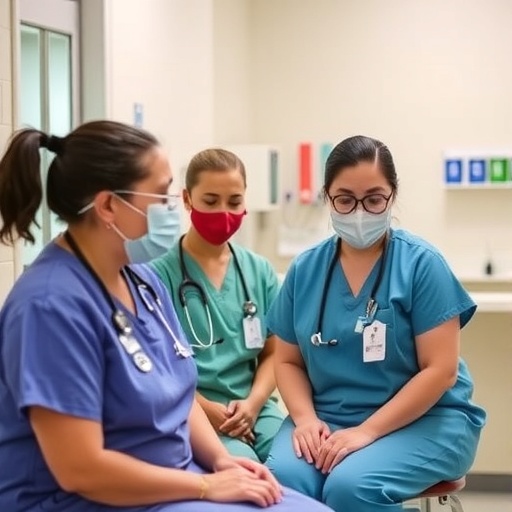How do juvenile songbirds learn to sing in a way that preserves both the unique features of local song culture and their specifics-specific song "signature"? Researchers have begun to map the brain circuitry responsible for cultural transmission and species specificity in birdsong.
Two studies appearing in the December 9 issue of Science shed light upon the neuronal architecture of birdsong. In one experiment, Dr. Vikram Gadagkar, postdoctoral fellow and neurobiologist at Cornell University, and his colleagues found that dopaminergic neurons in the ventral tegmental area (VTA) of the brain encode errors in singing performance. This dopaminergic error signal may also help juvenile zebra finches learn to accurately imitate the song of their tutor.
In the second study, investigators studied songbird hatchlings fostered by another species. Dr. Makoto Araki, Neuronal Mechanism of Critical Period Unit, 2 3 Collective Interactions Unit at Okinawa Institute of Science and Technology Graduate University, Okinawa, Japan and colleagues determined that, while juvenile zebra finches imitated the song syllables of their adoptive Bengalese finch parents, they adjusted song cadence towards the rhythm typical of their own species, whose song they had never heard, suggesting that songbirds learn rhythm from an innate template rather than from other birds.
In this same issue of Science, Drs. Ofer Tchernichovski and Dina Lipkind, psychology researchers at Hunter College, City University of New York (CUNY), offer a perspective on the above studies. Drs. Tchernichovski and Lipkind, who were not affiliated with either study, propose that the findings may shed light on how songbirds maintain a species-specific song signature despite the random changes that occur in local populations and accumulate over generations. According to the Hunter researchers, two types of neurons in the auditory cortex of songbirds may code independently for the sound of song syllables and for rhythm–with song notes likely more dependent on input from adult tutors and cadence on an innate template or "barcode."
While scientists are only beginning to understand the neural mechanisms that support vocal learning in songbirds, Drs. Tchernichovski and Lipkind point out that this research is relevant to many animal communication systems, including stable cultural transmission in humans.
Dr. Tchernichovski heads the Laboratory of Vocal Learning at Hunter College, CUNY, and uses the songbird to study the mechanisms of vocal learning. Like early speech development in the human infant, the songbird learns to imitate complex sounds during a critical period of development. The adult bird cannot imitate any more – we do not know why. His lab studies the animal behavior and dynamics of vocal learning and sound production across different brain levels. The lab aims to uncover the specific physiological and molecular (gene expression) brain processes that underlie song learning.
###
The City University of New York is the nation's leading urban public university. Founded in New York City in 1847, the University comprises 24 institutions: 11 senior colleges, seven community colleges, and additional professional schools. The University serves nearly 275,000 degree-credit students and 218,083 adult, continuing and professional education students.
For more information, please contact Shante Booker ([email protected]) or visit http://www.cuny.edu/research
Media Contact
Shante Booker
[email protected]
@cunyresearch
############
Story Source: Materials provided by Scienmag




